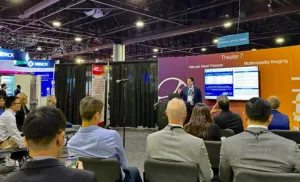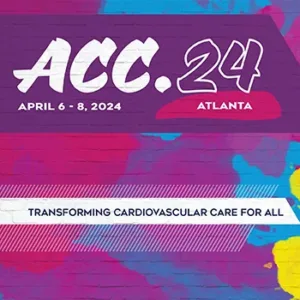Share on social:
LinkedIn
Twitter
Facebook
Share on social:

egnite, Inc., a leading digital health company specializing in cardiovascular care, today announced the addition of two distinguished physicians, Vinod H. Thourani, MD and Nicholas Amoroso, MD to its Medical Advisory Board. Their wealth of expertise in cardiovascular care and dedication to innovation will significantly contribute to egnite’s mission to improve cardiovascular patient care nationwide.

“This research underscores the poor outcomes for patients with moderate AR who exhibit cardiac damage, stressing the need to monitor for distinct characteristics in this population. These insights may also prompt a reassessment of our management strategies and suggest a shift in our approach to intensified follow-up for both moderate

egnite, Inc., a leading digital health company specializing in cardiovascular care, today announced the addition of two distinguished physicians, Vinod H. Thourani, MD and Nicholas Amoroso, MD to its Medical Advisory Board. Their wealth of expertise in cardiovascular care and dedication to innovation will significantly contribute to egnite’s mission to improve cardiovascular patient care nationwide.
© 2024 egnite, Inc. All Rights Reserved. egnite, egnite Inc., CardioCare, the heart logo, and the spark logo are trademarks of egnite, Inc. All other trademarks are property of their respective owners.
Privacy Policy Intellectual Property Terms of Use Implementation Kit Careers